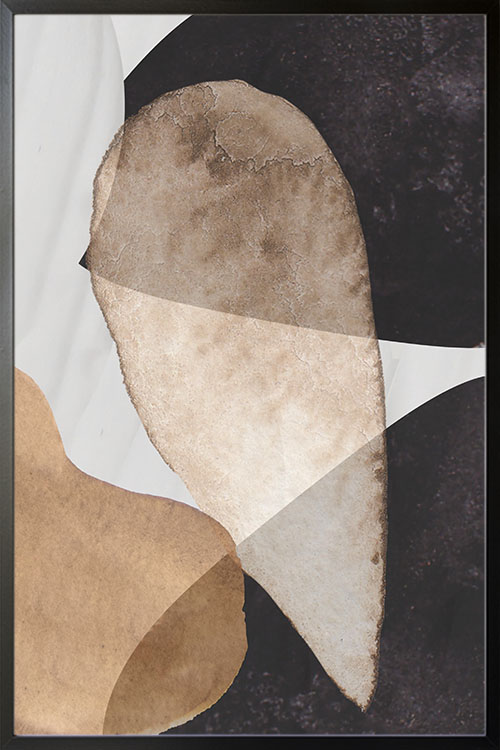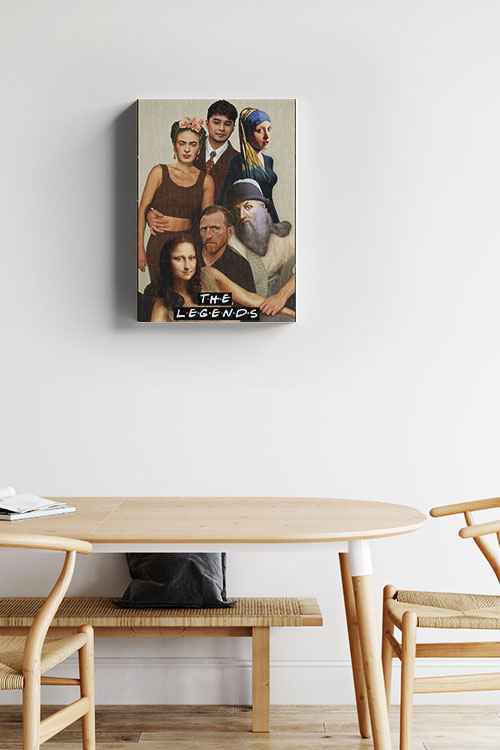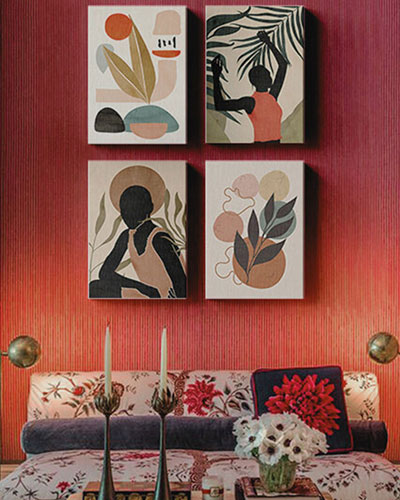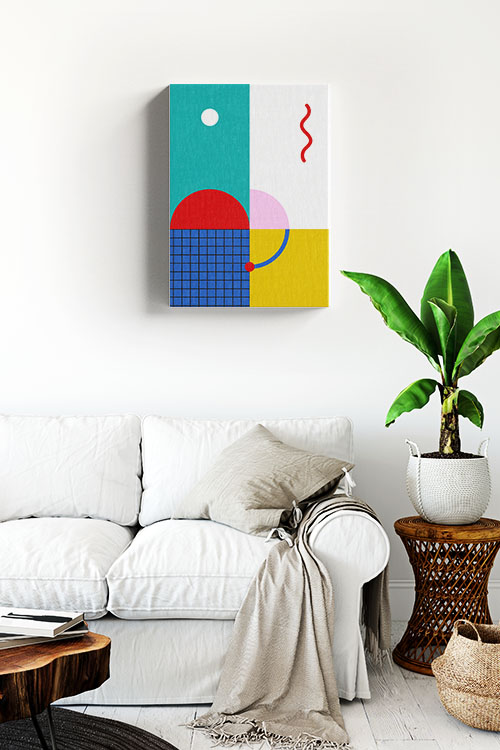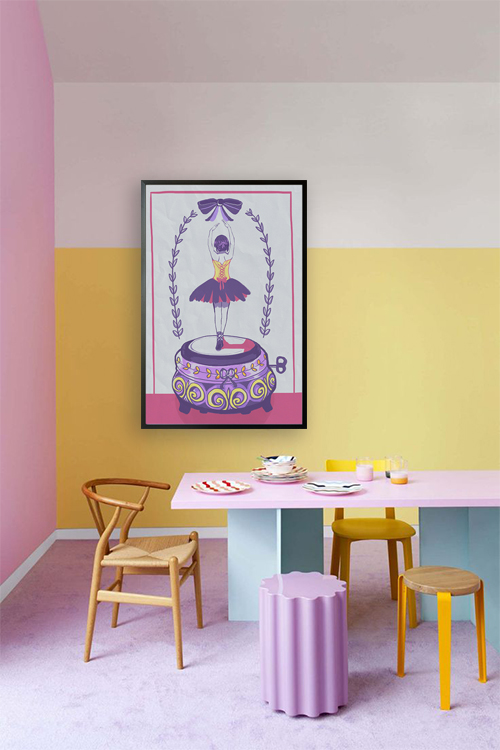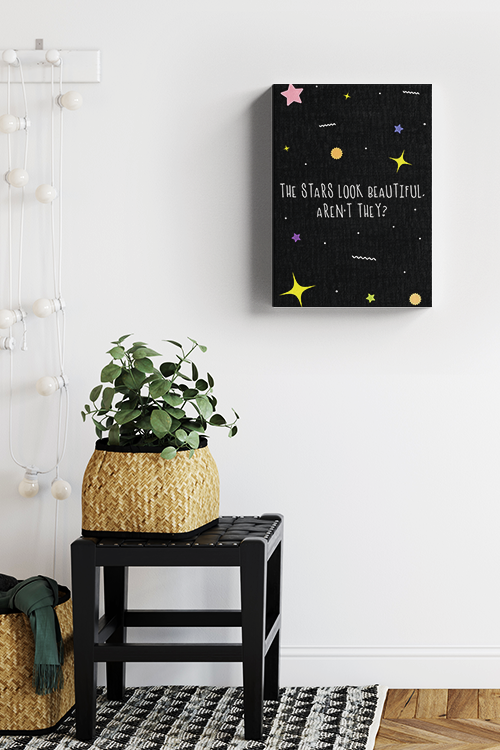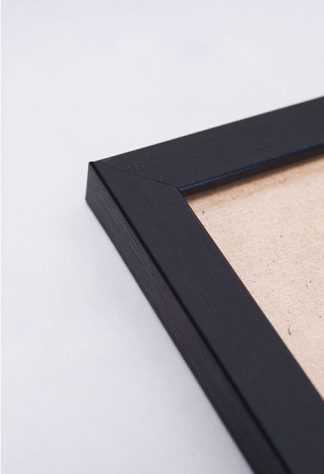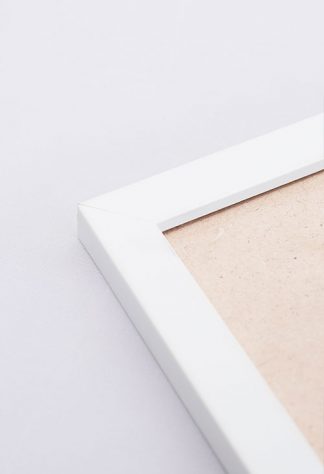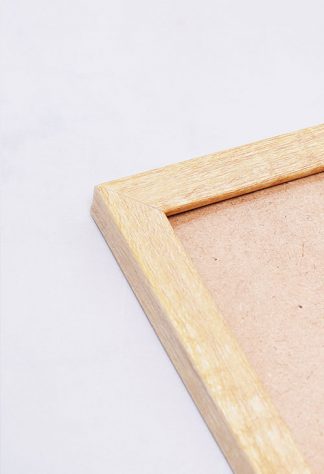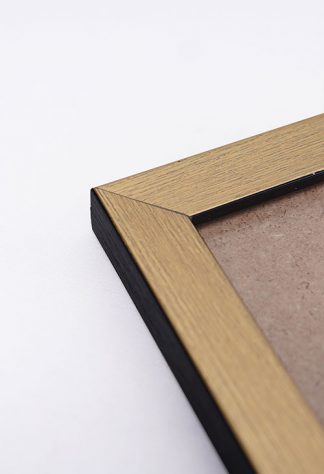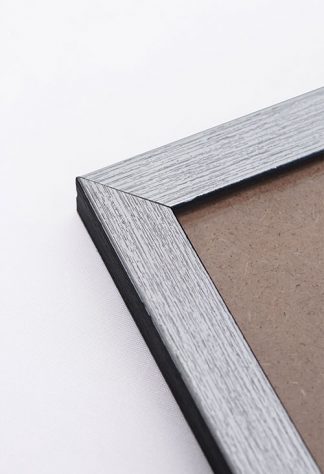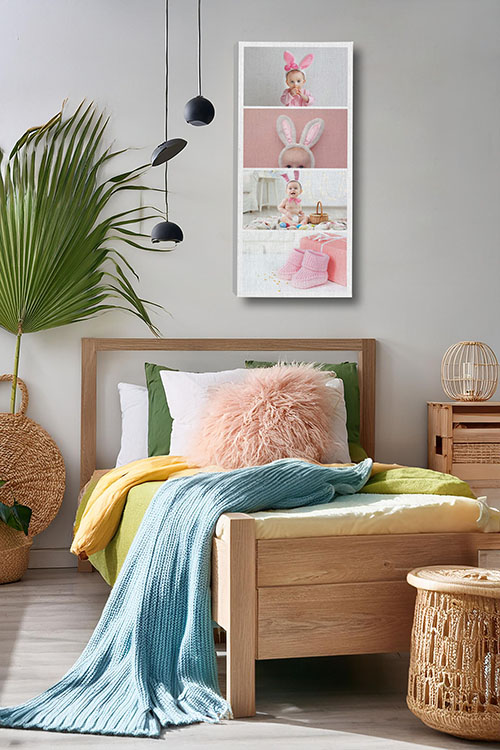
Decorating your home is a fun and personal way to express your style. A visually appealing space can make you feel more comfortable and relaxed. Here are some tips to help you create a beautiful and inviting home:
Choose a Color Palette
A cohesive color palette is essential for a visually appealing home. Start by selecting a few complementary colors. Consider the mood you want to create: warm colors like reds and oranges can make a space feel cozy, while cool colors like blues and greens can create a calming atmosphere.
Balance the Elements
A well-balanced space is not just visually pleasing, and it’s also a sign of thoughtful design. Use the rule of thirds to divide your room into three equal parts. Place the focal point, such as a large piece of furniture or artwork, in the center or at one of the intersections of the lines.
Consider Scale and Proportion
The size of furniture and accessories should be in proportion to the room. Oversized furniture can make a small space feel cramped, while undersized furniture can look lost.
Create a Focal Point
A focal point is a crucial element in a room that draws the eye and adds interest. This could be a fireplace, a large artwork, or a statement piece of furniture. It should be the first thing you notice when you enter the room, setting the tone for the rest of the space.
Layer Textures and Patterns
Mixing textures and patterns can add depth and visual interest to a space. For instance, pair a smooth leather sofa with a chunky knit throw or a patterned rug with solid-colored furniture. However, it’s important not to overwhelm the room. Choose a few complementary patterns and textures and use them sparingly.
Pay Attention to Lighting
Lighting plays a crucial role in creating a welcoming atmosphere. To make a well-lit space, use a combination of natural and artificial lighting. Consider using different types of lighting, such as overhead, table, and floor lamps, to create a layered effect.
Declutter
Clutter can make a space feel chaotic and uninviting. Declutter your home and keep only the items that you love and use.
Personalize Your Space: A home should reflect your personality. Incorporate personal touches like family photos, travel souvenirs, or favorite books to make your space feel uniquely yours.
Don’t Be Afraid to Experiment: Decorating is a journey, and making mistakes along the way is okay. Don’t be afraid to push the boundaries and experiment with different styles and trends. The most important thing is to create a space that resonates with you.
By following these tips, you can create a visually appealing home that reflects your style and makes you feel happy and comfortable.
